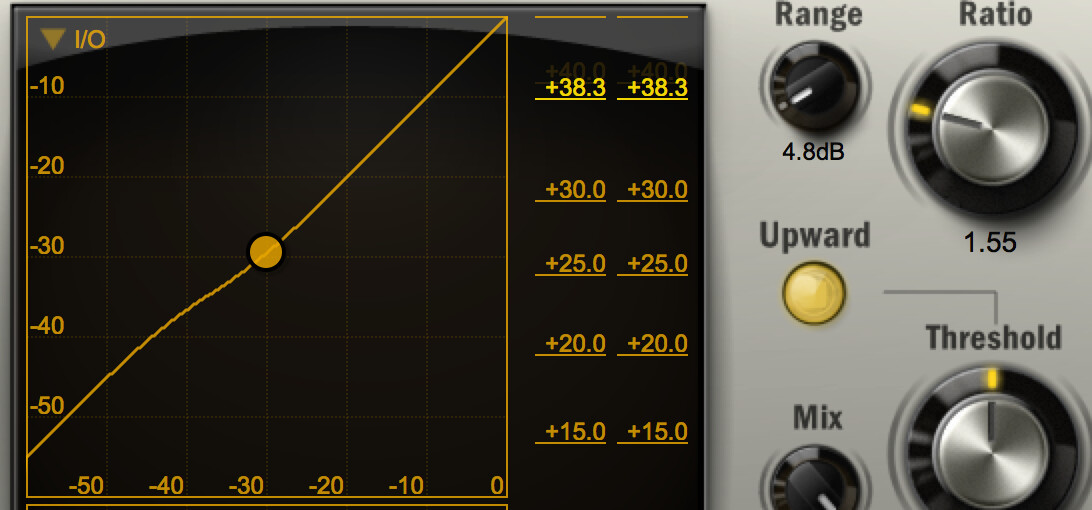I just “rediscovered” the Renoise compressors. I tried a lot of VST compressors the last years (all the common suspects), but then in the end I always come back to Renoise and am amazed about these two dsp devices. I can’t even tell exactly why that is. It just works like I imagine, and others don’t. I guess since I do not use the others correctly  I think Renoise ones use quite uncommon release curve shapes, also the attack detection seems to use secret “hold” value or so. The bus compressor is awesome as, yes, “bus” compressor and also master compressor, but also for slowly shaping track sound. I even love the distortion of “compressor”, if you gone too far. Don’t know if this is hipster analog like distortion or simple digital distortion, but I really like it.
I think Renoise ones use quite uncommon release curve shapes, also the attack detection seems to use secret “hold” value or so. The bus compressor is awesome as, yes, “bus” compressor and also master compressor, but also for slowly shaping track sound. I even love the distortion of “compressor”, if you gone too far. Don’t know if this is hipster analog like distortion or simple digital distortion, but I really like it.
The only thing I miss here is a upward compression mode (not to be mixed up with parallel compression, it sounds different) plus a range then (required for upwards mode). Just like tb_compressor_v3 provides:

I guess since the algorithms of these devices came from 3rd party, there is not much hope for any changes. I requested now a mix knob for both compressors. This would already expand the use cases of the compressors by a lot! Please vote the request up.